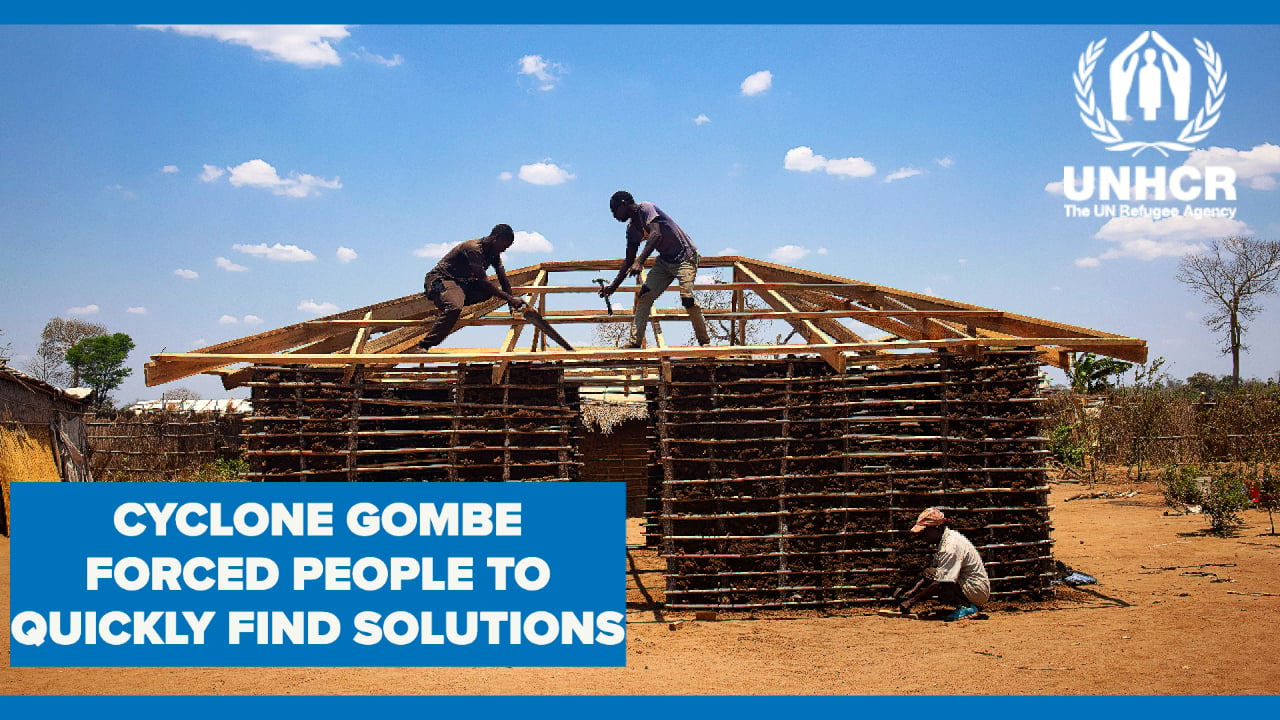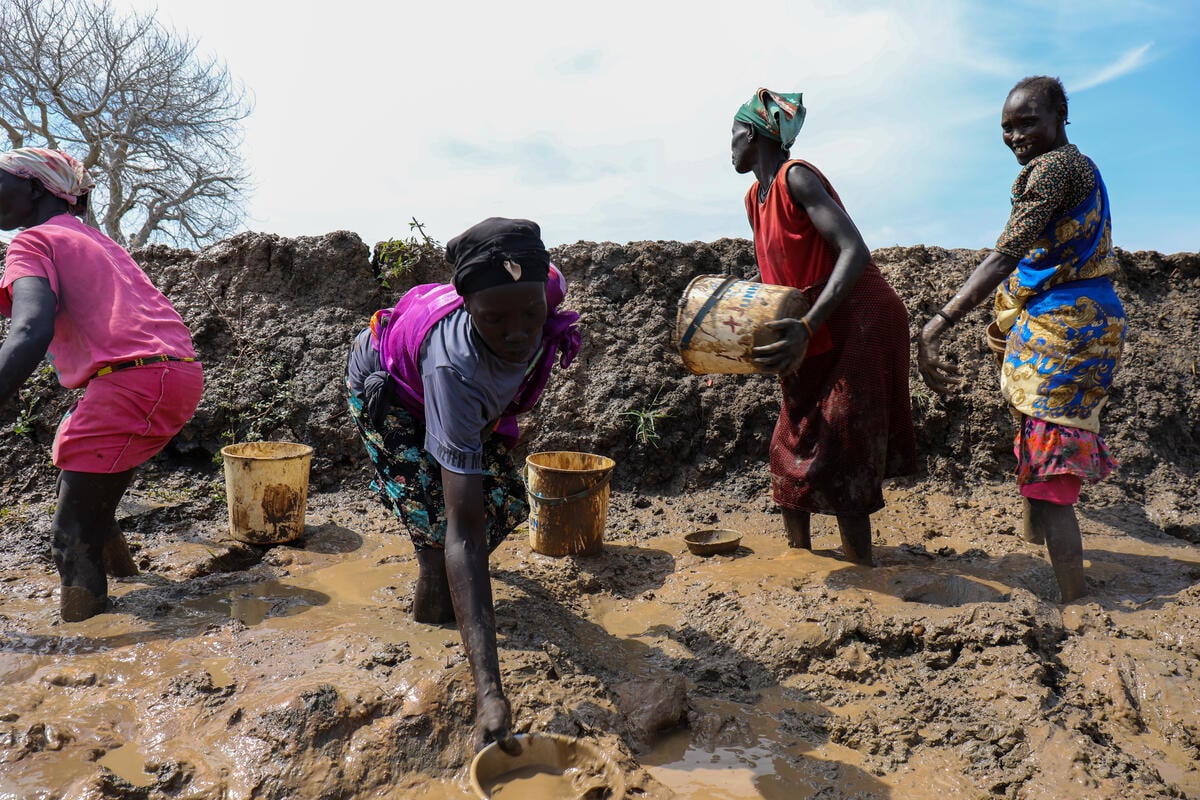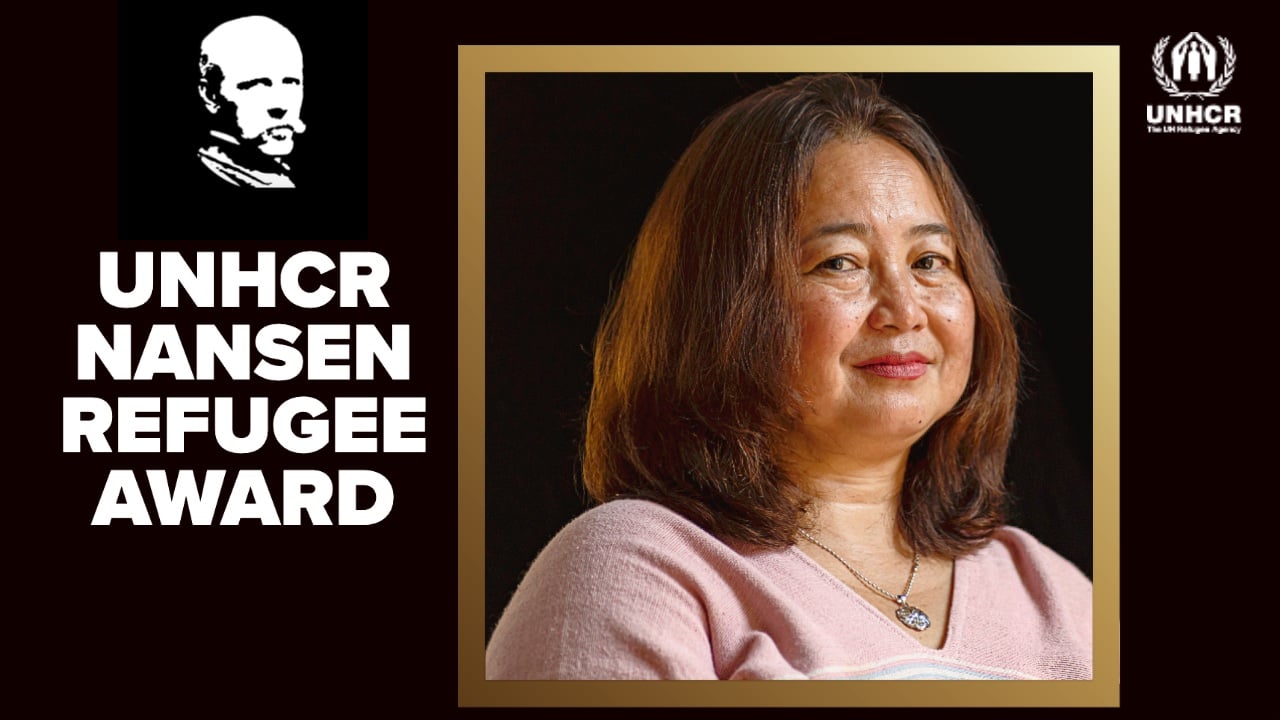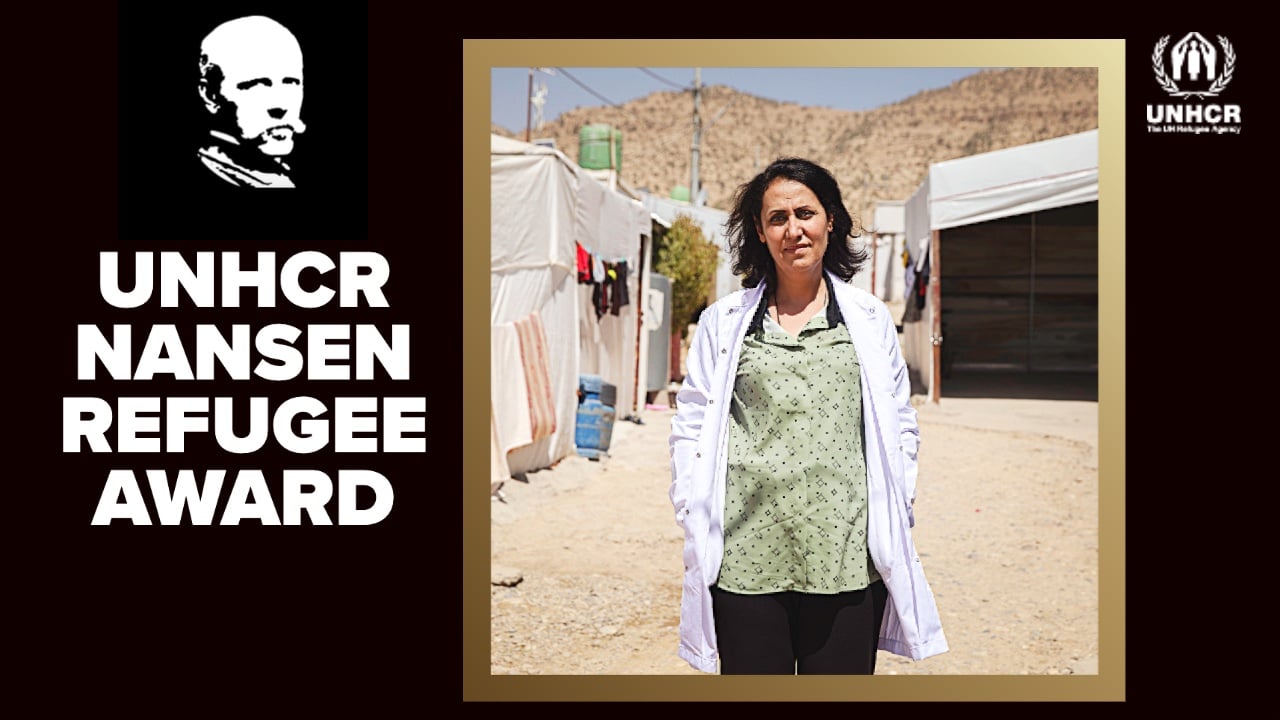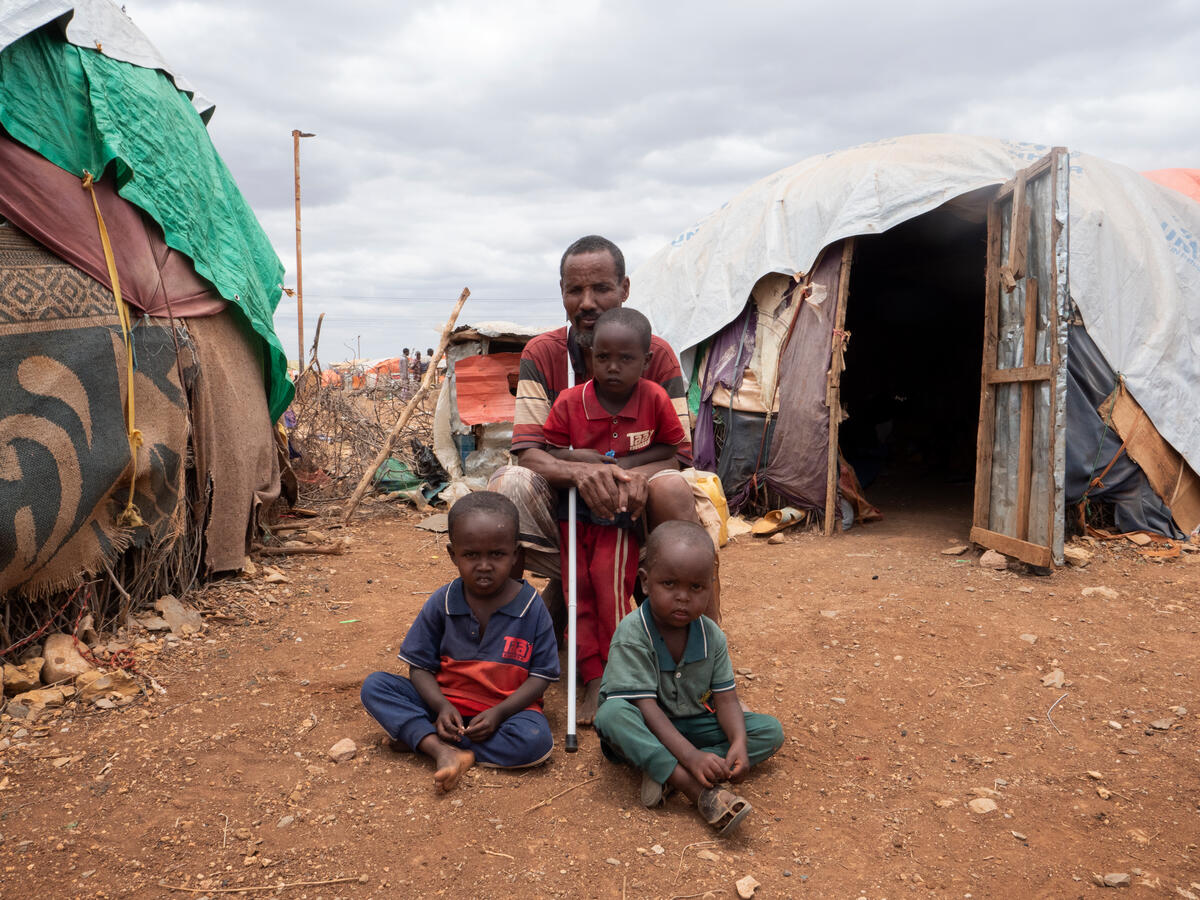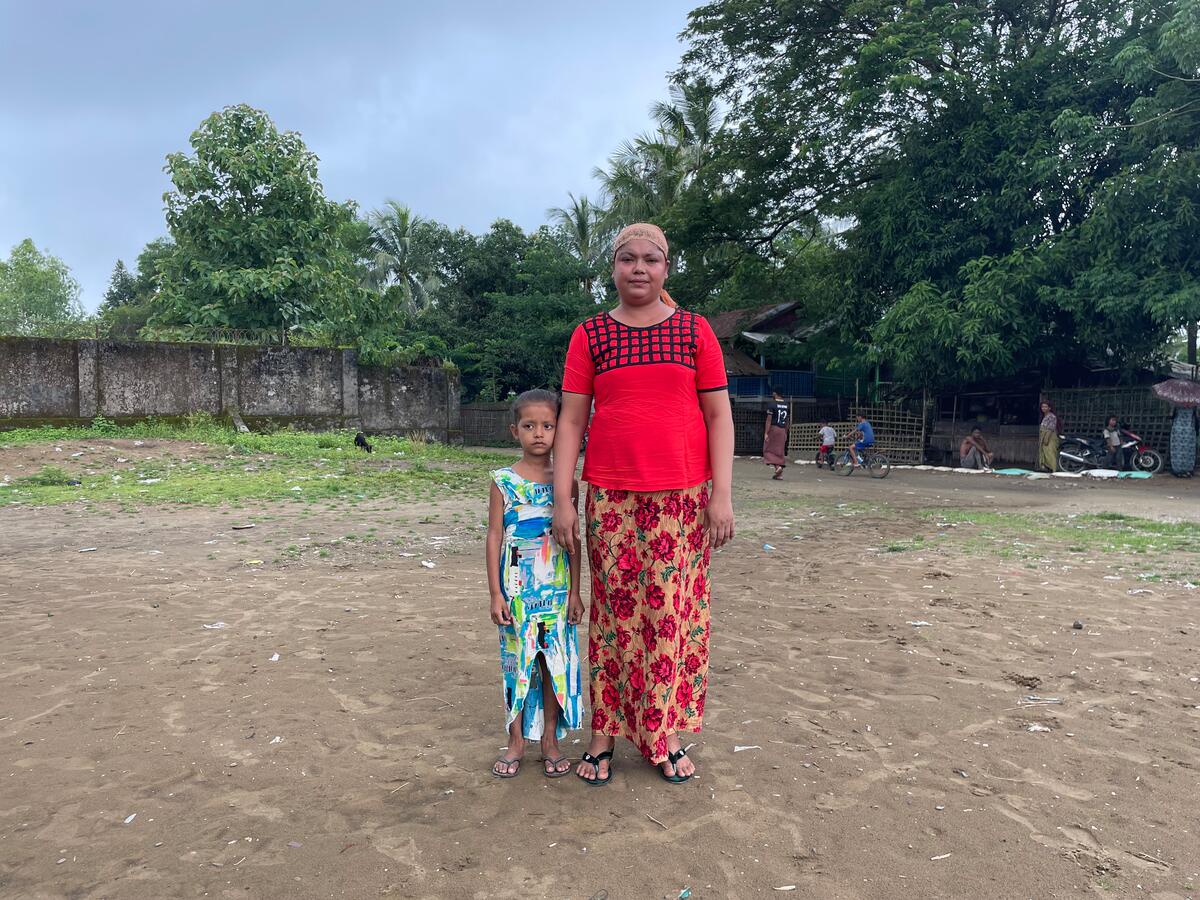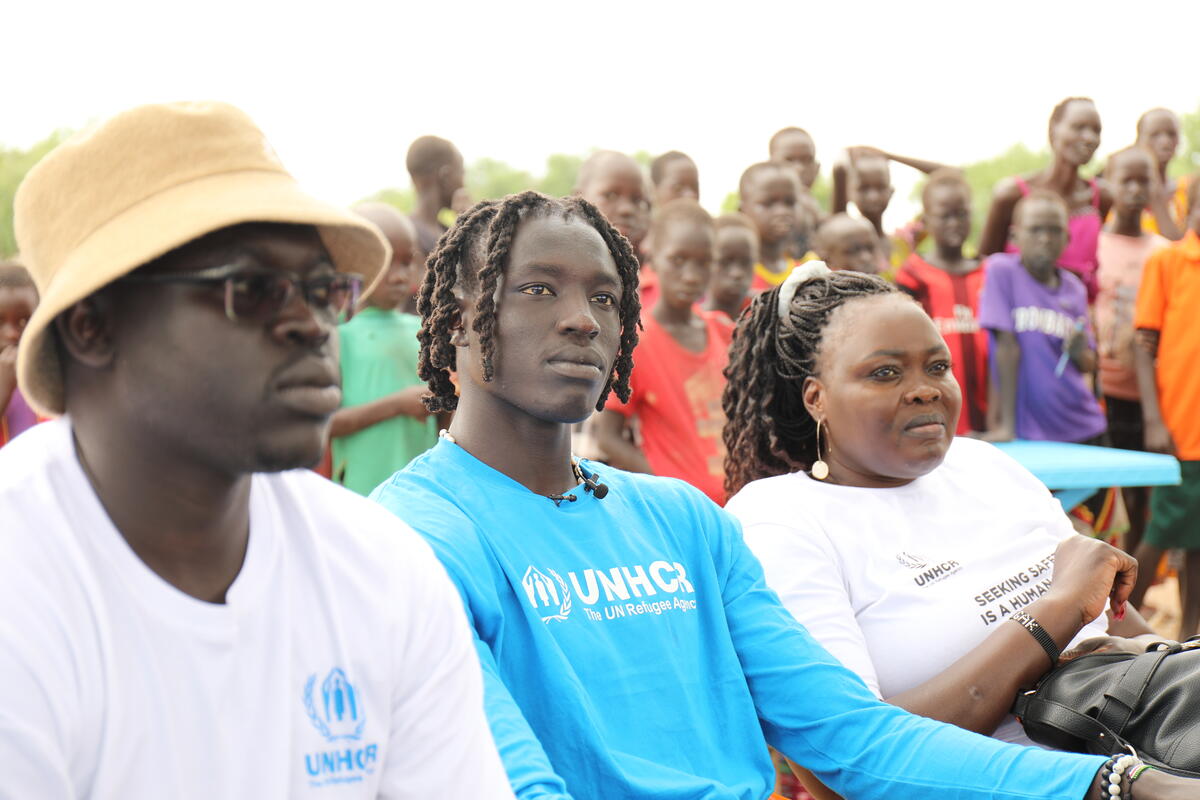Timor Emergency Update
Timor Emergency Update
East Timor
Aid workers travelled today, Wednesday, 45 kms west from Dili to Liquisa where they found thousands of displaced hiding in the surrounding hills, still afraid to return to their homes.
Liquisa's original population was estimated at 50,000. Staff from UNHCR and other agencies located groups of displaced people reported to be between 15,000 and 20,000 strong outside the town.
Liquisa itself remains largely deserted and many buildings have been burned. Damaged buildings, along with others that remain intact, have been looted.
Several displaced people who spoke to UNHCR said that they would not return to their homes until Interfet troops established an overnight presence in the town.
The Timorese said that many of the town's residents were chased across the border into West Timor by anti-independence militia. They suspect missing family members and neighbours were taken to the towns of Atambua and Atapupu. Some of the displaced told UNHCR that residents fled elsewhere in East Timor when violence first erupted in Liquisa, thinking that larger towns like Dare and Dili would be safer.
Most of Liquisa's population moved to the hills between September 15 and 19 and have since been living off wild fruit. Aid workers reported that many among the displaced are suffering from diarrhoea and malaria, but also detected 18 cases of leprosy.
The assessment mission continued to the nearby village of Luidapar and to Maubere, another 20 kms west of Liquisa. Mission members found both similarly deserted. The few people in the streets of Maubere told UNHCR that many inhabitants are in Atambua.
Thursday, two UNHCR staff members will travel to Ermera, also in the western part of East Timor, to assess the situation there.
In a sign of an improving security climate in Interfet-controlled areas, humanitarian convoys will from tomorrow, Thursday, be able to travel the road linking Dili with Manatuto, Baucau and Los Palos without military escort by peacekeeping troops.
In Dili, UNHCR and NGOs have completed preparations for the first return of East Timorese from West Timor. Returnees who are not able to move immediately to their homes will be helped by aid workers to set up temporary shelters in the stadium. Other facilities will be available for groups who arrive near nightfall.
UNHCR expects that most of those who have volunteered to return from West Timor will want to move directly to their homes. Staff in West Timor will select only Dili residents for the first repatriation flights until conditions and transportation allow for the return of inhabitants of other areas.
West Timor
UNHCR is moving ahead with plans to start repatriation by air. UNHCR will operate two flights a day with a chartered Transall 160 aircraft which can carry 90 passengers each trip. Staff will accompany the flights.
UNHCR has sent a letter to Indonesian officials protesting the government's registration plans for East Timorese living in the camps in West Timor. Forms distributed in camps ask East Timorese whether they wish to return to East Timor, whether they want to stay permanently or temporarily in West Timor, or whether they would join the Indonesian government's "transmigration programme". In meetings with the governor of West Timor, UNHCR has said that many East Timorese presently in West Timor may not be able to make a free and informed choice because of intimidation by anti-independence militia.
Another UNHCR aid flight arrived Wednesday in Kupang, the fourth to date from Darwin.


